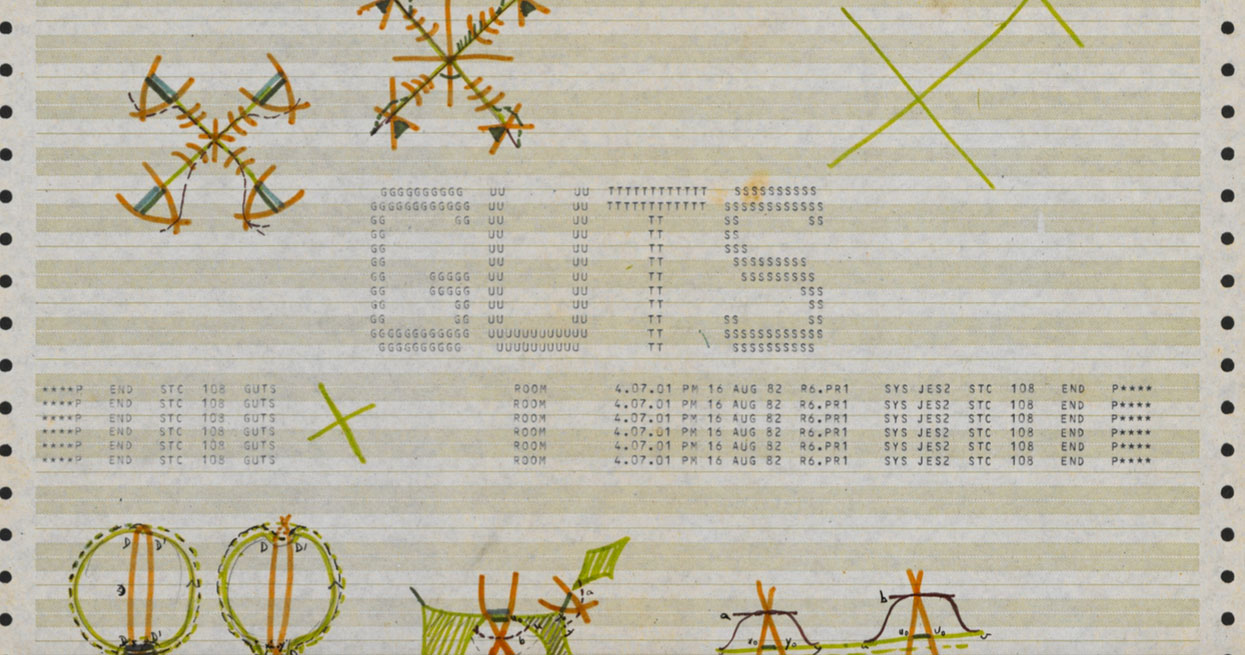A couple of days ago, there was yet another article by Philippe Douroux on Grothendieck’s Lasserre writings “Inestimables mathématiques, avez-vous donc un prix?” in the French newspaper Liberation.
Not that there is much news to report.
I’ve posted on this before: Grothendieck’s gribouillis, Grothendieck’s gribouillis (2), and more recently Where are Grothendieck’s writings?
In that last post I claimed that the five metallic cases containing Grothendieck’s Lasserre notes were in a white building behind the police station of the sixth arrondissement of Paris.
I was wrong.
There’s a detail in Douroux’ articles I forgot to follow-up before.
Here’s the correct location:

What went wrong?
Here’s my ‘translation’ of part of chapter 46 of Douroux’ book “Alexandre Grothendieck, sur les traces du dernier genie des mathematiques”:
“On November 13th 2015, while the terrorist-attacks on the Bataclan and elsewhere were going on, a Mercedes break with on board Alexandre Jr. Grothendieck and Jean-Bernard, a librarian specialised in ancient writings, was approaching Paris from Lasserre. On board: 5 metallic cases, 2 red ones, 1 green and 2 blues.
At about 2 into the night they arrived at the ‘commissariat du Police’ of the 6th arrondissement. Jean-Bernard pushed open a heavy blue carriage porch, crossed the courtyard opened a second door and then a third one and delivered the cases.”
It all seemed to fit together: the ‘commissariat’ has a courtyard (but then, so do most buildings in the neighborhood) and has a blue carriage porch:

What went wrong?
I should have trusted Google-translate instead.
It translates the original text “…il garait sa voiture pres du commissariat…” more correctly into “…he parked his car near the police station…”. ‘Near’ as apposed to ‘at’…
We should have looked for a location close to the police station.
And, I should have looked up “Jean-Bernard, a librarian specialised in ancient writings”.
Who is Jean-Bernard?
In Douroux’ latest article there’s this sentence:
“Dès lors, on comprend mieux le travail de Jean-Bernard Gillot, libraire à Paris et expert en livres anciens et manuscrits scientifiques pour lequel les cinq malles contenant les écrits de Lasserre représentent l’affaire d’une vie.”
I’m not even going to make an attempt at translation, you know which tool to use if needed. Suffice it to say that the mysterious Jean-Bernard is no other than Jean-Bernard Gillot.

In 2005, Jean-Bernard Gillot took over the Librairie Alain Brieux, specialising in ancient scientific books and objects. Here’s a brief history of this antiques shop.
Relevant to our quest is that it is located 48, rue Jacob in Paris, just around the corner of the Police Station of the 6th arrondissement.
And, there is a beautiful heavy blue carriage porch, leading to an interior courtyard…

A quick look at the vast amount of scientific objects (such as these Napier’s bones) indicates that there must be adequate and ample storage space in the buildings behind the shop.
This is where the five metallic cases containing the Lasserre writings are at this moment.
What’s next?
We’re lightyears removed from Maltsiniotis’ optimistic vision, broadcast at the Grothendieck conference in Montpellier last year, that the BNF would acquire the totality of the writings and make them available to the mathematical community at large.
Apart from Maltsiniotis’ cursory inventory of (part of) the 93.000 pages, nobody knows what’s inside these five boxes, making it impossible to put a price tag on them.
Perhaps, the family should grant some bloggers access to the cases, in return for a series of (live)posts on what they’ll find inside…?!






